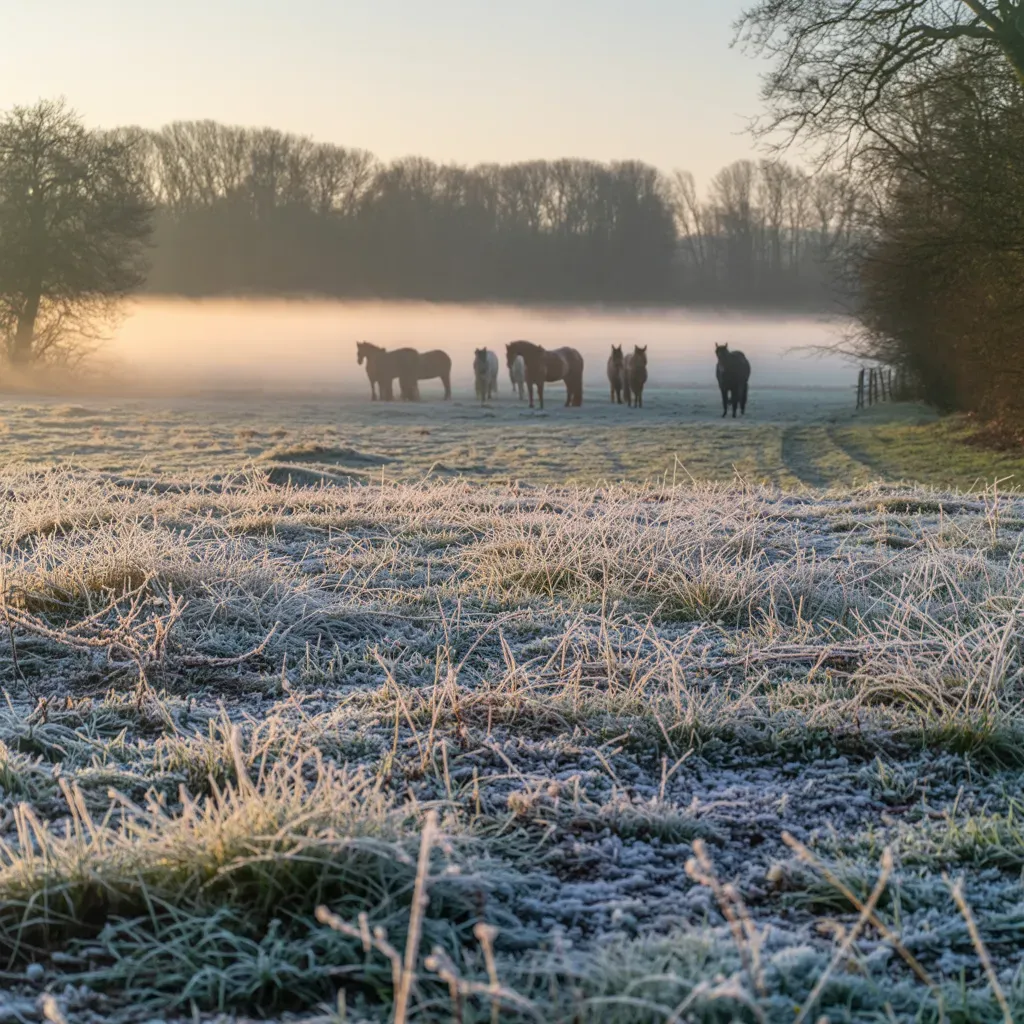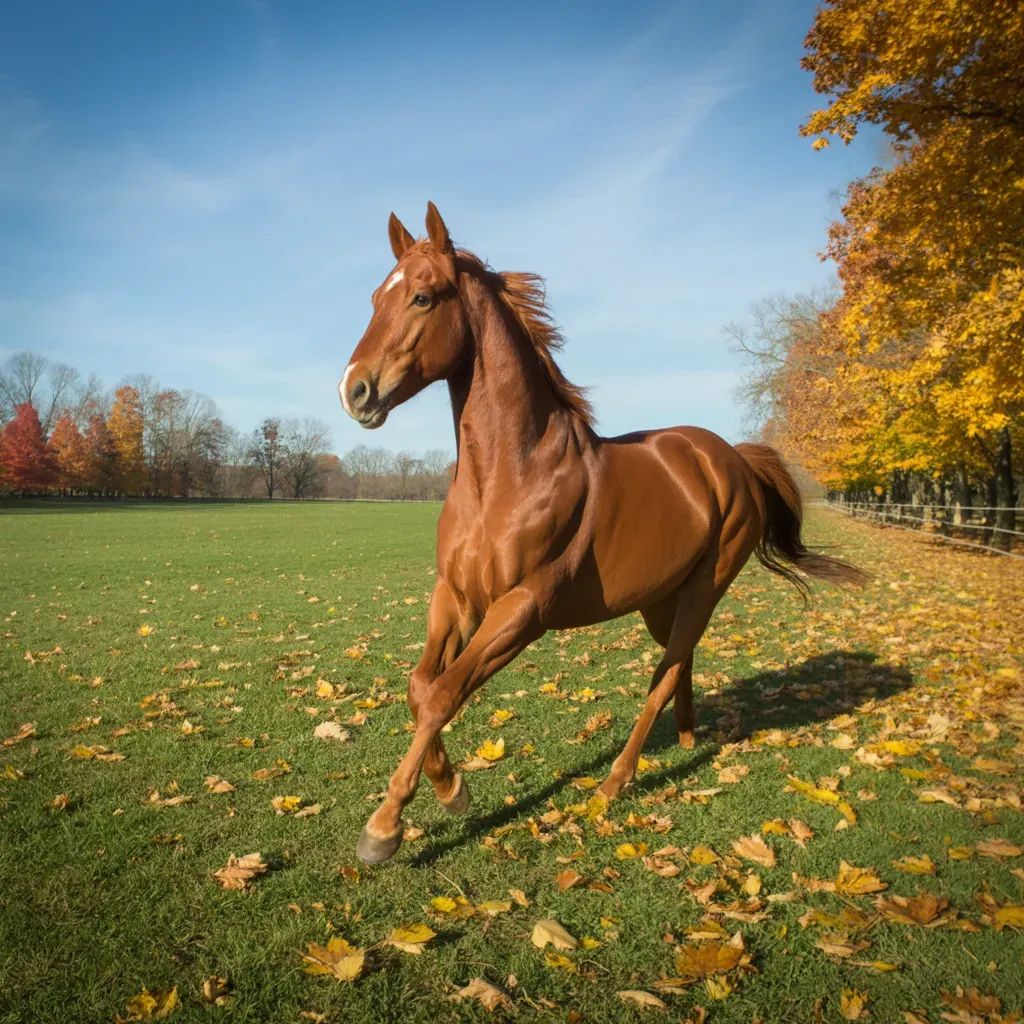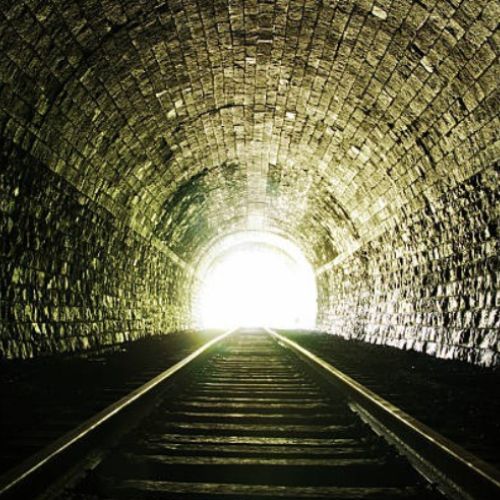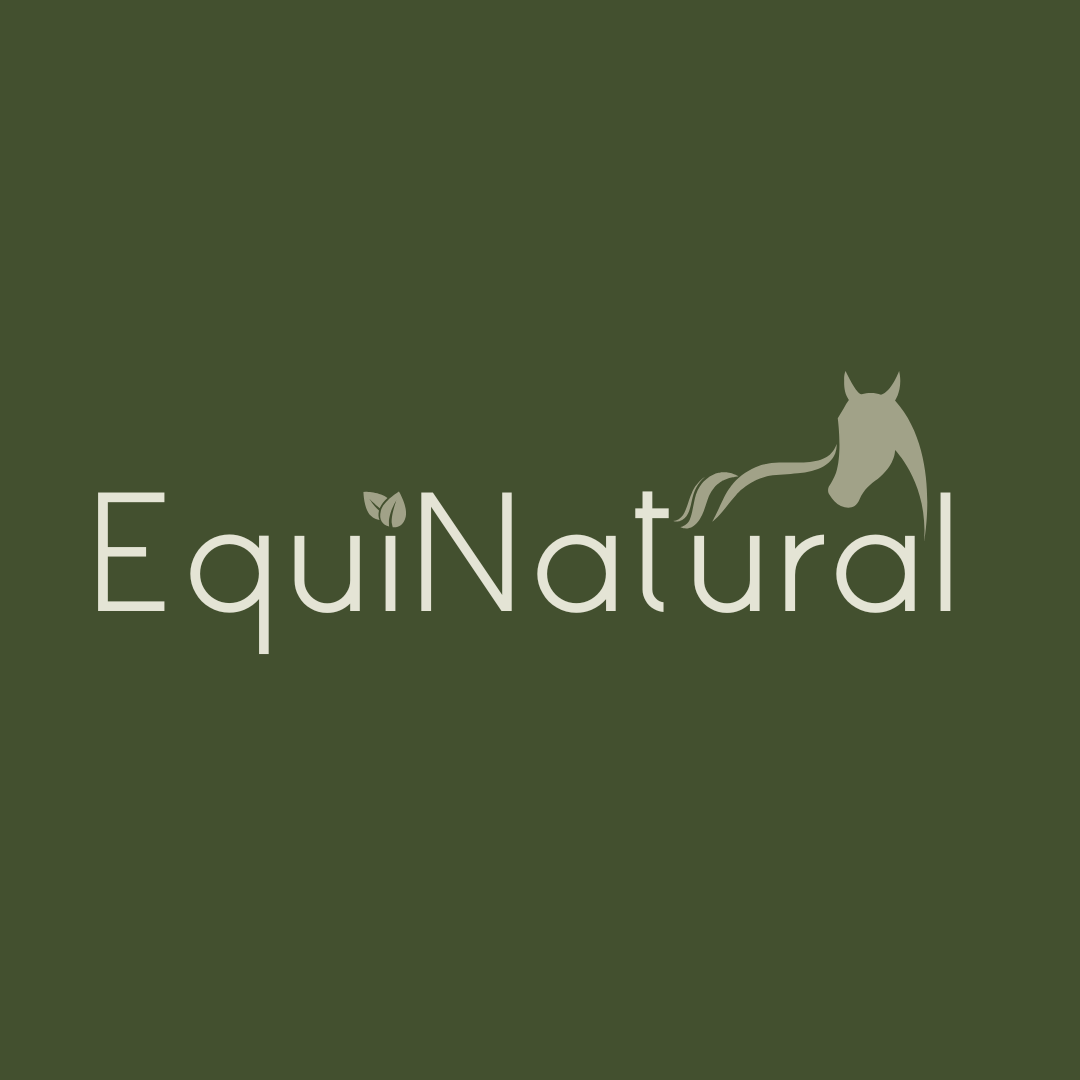Losing muscle mass through aging - it's all about protein. But not any old protein ;-)
This is a subtitle for your new post
I get many enquiries relating to loss of topline or loss of lean muscle, and unless it’s as a direct result of total lack of exercise, it’s usually in older horses. Whether horse or human, and like it or not, it's a given that we'll lose muscle mass as we get older. The downside is that it can also make us more prone to injuries during exercise, which by default will also take longer to heal.
Certainly in human studies the average person loses 30% of their muscle mass by the time they're 60, but the good news is that there’s a way round it for our horses - and us humans - to keep our muscle integrity into old age.
Quick digress, and there’s a 71yo functional-medicine doctor out there, Dr David Minkoff, who’s in better shape now than he was in his 30s. His muscles are strong, his abs are flat and hard, his body fat is at just 8%, and … he also competes in Ironman triathlons! That’s a 2-mile swim, a 112-mile bicycle race, and a 26-mile marathon, with no break in between each discipline. I can barely do 4-lengths of the pool …
How does he do it? Protein intake. And not through eating more protein or drinking protein shakes. Being a Functional Medicine doctor (the practice that I personally follow), and understanding the how/why of the body’s physiology, he got his body to naturally make more protein. So, can this work for our horses’ muscle mass as they age?
We know proteins form muscles, bones, skin, and hair, but it’s a much bigger picture than this -
- Collagen is the protein that literally forms the connective tissue that holds us together – it’s a vital protein for strong bones; bones consist almost entirely of minerals (like calcium) plus collagen - it's the collagen that holds the minerals together. When there’s not enough collagen, the minerals leak out of the bones. From there they can form kidney stones, plaques, and other undesirables. With enough collagen, the minerals stay in the bones and keep them strong.
- Proteins also make up the bodies ‘messengers’ - enzymes, hormones and brain chemicals – the endocrine system is nothing with protein. Mood and concentration are governed by neurotransmitters, brain chemicals which are also proteins.
- The immune system creates antibodies help fight off infections, and, you’ve guess it, antibodies are also made of protein. With the right protein building blocks, the immune system will make plenty of antibodies.
- My new favourite topic, leaky gut. A permeable intestinal wall allows undigested toxic food particles leak into the bloodstream, which causes the immune system to hit the manic overdrive button trying to deal with them. The gut membrane? Made of proteins.
Pulling this together, I think we can see that if the body doesn’t get enough protein, hair gets brittle, skin sags, bones become weaker, the immune system becomes less effective, anxiety becomes more prevalent, injuries are more common with slower recovery time, and … muscle mass diminishes.
Healthy protein levels are crucial, not only for healthy body function, but longevity as well. And now we get to the crux of it all - most of us think protein comes from the diet, but that's not entirely accurate. The real truth is that proteins are made by the body.
How It Works
In our human world, let's say we’re eating a protein source like meat or fish. Once chewed and swallowed, it goes into our stomach and starts being digested by pepsin, the protein digestive enzyme (which is also made of protein!).
Pepsin breaks protein down into amino acids, which are then absorbed through the small intestine into the bloodstream, from where they’re then shuttled off throughout the body and used to make whatever proteins the body needs. Some of the amino acids are made into muscle, some are made into organ cells, others are made into hormones, and so on.
However, there’s a Dietary Protein Trap because not all the amino acids get turned into proteins - some are converted into glucose - yep, that's right - sugar 😠 🔥 - and are burned for energy.
This is a hangover from our caveman days. When we were cavemen, food was scarce so we needed to get energy regardless of what food we ate. Berries? No problem - they contain carbs that are burned for energy. Nuts? Healthy fats burned for energy. Freshly killed squirrel? Some of the protein in the meat was turned into lean body mass (under 40%), and the rest converted into glucose for energy.
So how can we tell if the body is using the protein for muscle or if it's turning it into excess glucose?
Science has the answer to this one.
Amino acids contain nitrogen, and when amino acids are turned into proteins, the nitrogen remains in the body as part of the protein. But when amino acids are converted into sugar, the nitrogen is released and passed out via the urine.
So, if we want to know if food is being turned into protein or sugar, all we have to do is measure the amount of nitrogen in the urine – simples.
This measurement is called Amino Acid Utilization, or AAU, and here's what it means:
- If a dietary protein has an AAU of 100%, it means there’s no nitrogen in the urine and the body is using 100% of the amino acids in that food to build body protein – perfect 😊
- However, if a protein source has an AAU of 10% that means the body is not only using just 10% of the amino acids to make body protein, but it’s also converting 90% of those amino acids into sugar. Not so perfect ☹
The best source of dietary protein with the highest AAU is mothers’ milk, with an AAU of 49%, which makes sense because babies, whether horse or human, need an efficient source of dietary protein. Thereafter, for us humans the next best source of protein is whole eggs, with an AAU of 47%, but it has to be the whole egg because egg yolks contain the essential amino acid methionine. If you eat just the egg whites, you’ll only get an AAU of 17%. Take out the yolk, and you seriously limit the egg's protein-building value.
After whole eggs come meat, poultry, and fish, which are all pretty much equal with an AAU of 32%, but from there on it really goes downhill.
Back to our horses, and no surprise that the main source of their protein is forage, which contains the amino acids lysine and methionine, the two most important amino acids for our horses, although threonine’s right up there as well. That said, they’re both in limited supply in our UK grasslands which is why they’re usually compensated for in the feedbowl – in our EquiVita mineral range we add an extra 10g lysine and 3g methionine per daily ration.
Back to the original subject of this blog post
Why do our horses (and us humans) - lose so much lean body mass as we get older? Not enough protein in the diet? The wrong sources of protein? Poor digestion of the protein? All of them really, but poor digestion is also a factor with aging because ...
Age brings on a weaker digestive system. The body produces less stomach acid and digestive enzymes, which can cause a downward spiral. With less digestive enzymes, the gut system won’t digest the food properly. This makes us even more protein-deficient, which leads to even lower enzyme production.
So here’s a thing – how about we skip the digestion part of the process entirely and take the necessary amino acids directly, to go straight into the bloodstream to build that all-important muscle, bone, connective tissue, hormones, enzymes et al? This is what Dr Minkoff did.
The ‘balance’ word again
Now to the chemistry, and we can’t just randomly take any old amino acids – just like our forage-balanced minerals, they have to be the right amino acids in the right ratios to each other.
We already know that proteins are made up of amino acids, some of which are made by the body. However, again whether horse or human, there are 8 amino acids that have to come from the diet, known as the Essential Amino Acids - L-Leucine, L-Valine, L-Isoleucine, L-Lycine HCI, P-Phenylalanine, L-Threonine, L-Methionine and L-Tryptophan.
And ... if they’re not in the right ratios/balance to each other, their synergy will be out of kilter, with the excess aminos converted into glucose which will give us a lower AAU reading, which we know we don’t want.
Ideally, we want these essential amino acids blended together in the right ratios to each other, and with the highest AAU to support immunity, protect the bones, sustain collagen formation, protect the endocrine messengers, and improve lean body mass. Enter our human-grade EssentialAminoAcids blend – with an AAU of 99%, that means that 99% of the amino acids in our EEAs product are used by the body to make proteins.
TaDah!
PS - just for info, in a clinical human study, 500 overweight people were put on a diet of healthy vegetables and fats, but with a twist. Instead of meat or fish or dairy as their protein, they were given a blend of these same essential amino acids as their only protein source. Result? They reported younger-looking skin and shinier, stronger hair, because youthful skin and hair have more collagen, and as we know, collagen is made from protein. But they didn’t just get shiny hair and a more youthful skin - they also lost weight while maintaining muscle mass 😉










